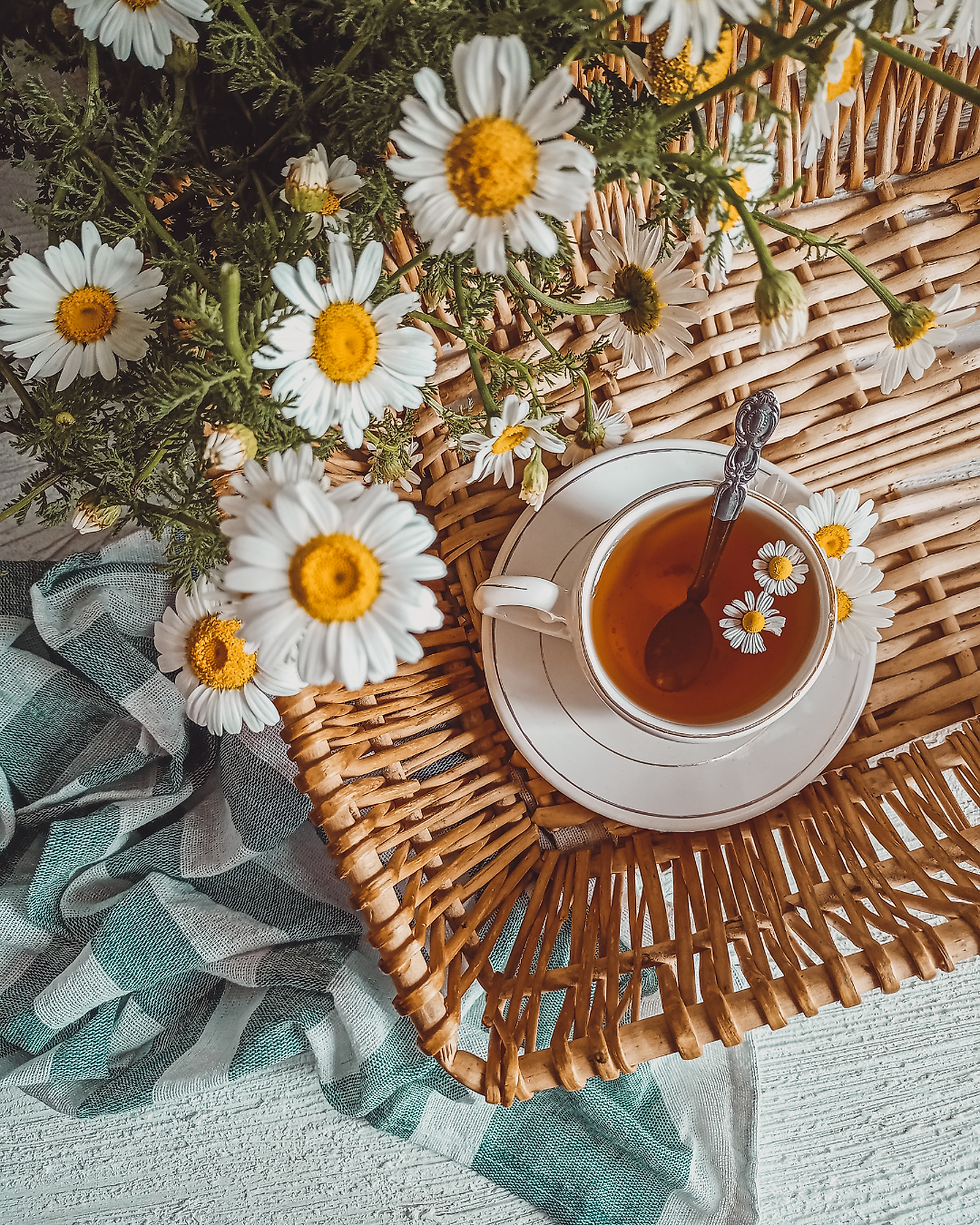5 Herbs for Meditation
- Ellie Hanson
- Dec 19, 2024
- 4 min read

There are many ways you can incorporate plants into your meditation practice. The very presence of plants can detoxify the air, so any breathing exercises are extra beneficial when performed in a green area or among your jungle of house plants. It has been shown that plant company can trigger the release of the happy hormones, serotonin and dopamine, creating positivity and lessening the symptoms of stress. Herbs offer countless medicinal and energetic benefits that calm the nervous system and make that meditative state more accessible. Below are five herbs that are used in ancient and more modern traditions to complement spiritual practice and facilitate a deep and meaningful meditation session.
Rose
One of my personal favourites is the rose. This plant vibrates at a whopping 320 megahertz (higher than any other living organism!). This has a transformative effect on your own energy frequency, lessening anxiety and triggering warm and loving emotions, making it the perfect meditation companion. Drinking infusions of the plant prior to meditating has a similarly calming effect, improving clarity of mind and enhancing relaxation.
Its mere presence is beneficial, but rose tea, or burning rose essential oils in your spiritual space will have a profound impact on your concentration to make for deeper meditation.
Mugwort
Mugwort is perhaps the most mystical herb we have on this list. Once termed the ‘Mother of Herbs’, it has a powerful influence on women’s reproductive health and can create strange changes in perception. Because of this, it has long been associated with witchcraft and features often in European folk traditions. This also makes it an ideal meditation aid as deeper states of consciousness become more attainable. If ingested or burnt, it can inspire vivid dreams and waking visions: memory, awareness and understanding are heightened.
Energetically, Mugwort is said to ward off and expel negative forces from the body, and traditional Asian medicine believes it generally repels all disease. You can either drink mugwort tea, burn it as an incense or even smoke it in small quantities to feel its reflective after-effects. I recommend meditating with this plant in the night time, as its mildly sedative.
AVOID if you are PREGNANT!
Frankincense
Frankincense has been incorporated into spiritual practices for thousands of years and is in fact the resin of the lesser known boswellia tree. Native to Northern Africa and the Middle East, this resin has been used in rituals of religions originating here. It was prolific in ancient Egyptian rites, common in Christianity, even more so in Islam and its derivatives. Known for its calming effect, this is a traditional companion for meditation. It’s familiar smell inevitably quietens the mind and its fumes are medicinally beneficial for the respiratory system, so the natural breath comes easily. In a literal sense it cleanses the air of harmful germs, but it banishes negative energies from your sacred space too. This plant is definitely worth a try if your are finding it hard to find stillness in your practice.
Hawthorn
This small tree is extremely common in most of Northern Europe and one I always forage for myself. The hawthorn, or the May Flower, is a prickly plant with beautiful white to pink blossoms. To invite this plant into your practice, collect a small bouquet of the fragrant flowers or create an infusion with the leaves and berries. This plant regulates the cardiovascular system, relaxing and soothing the heart physically and spiritually. It is recommended for those suffering with melancholy and heartache, as it encourages new energy into the heart centre. This in turn balances the nervous system, meaning symptoms of anxiety and stress are tackled. Long associated with the realm of the fairies, hawthorn is an excellent companion on your spiritual journey, purifying your space and readying the mind for deeper states of meditation.
Blue Lotus
This plant has been used in shamanistic and spiritual rituals for millennia. It originates from the Nile River and is heavily featured in the Egyptian ‘Book of the Dead’. It has mildly psychoactive effects which may account for its connection with the afterlife, its use in burial rites and religious ceremonies. Outside of it psychoactive influence, it alleviates anxiety, supports sleep and expansive breathing and serves to relax the muscles. These functions are all conducive to a meaningful meditation practice. Ayurveda, the Indian system of medicine, considers the scent of the blue lotus perfect for preparing the mind for intense concentration, while modern medicine has identified constituents that trigger the release of those happy hormones.
This is a very pretty plant that is most often used dry in teas, but you can also smoke it or burn its essential oil. I would recommend blue lotus meditations in the evening to connect with your third eye or celebrate a new phase of the moon.
Pairing meditation and plants may sound strange to begin with, but conduct your own experiments and begin to notice the subtle changes that occur in you when a different herb is introduced. The possibilities are endless.
Let me know how you plant practice goes! Get in touch or SUBSCRIBE below for more Yoga & Plants posts.

Comments